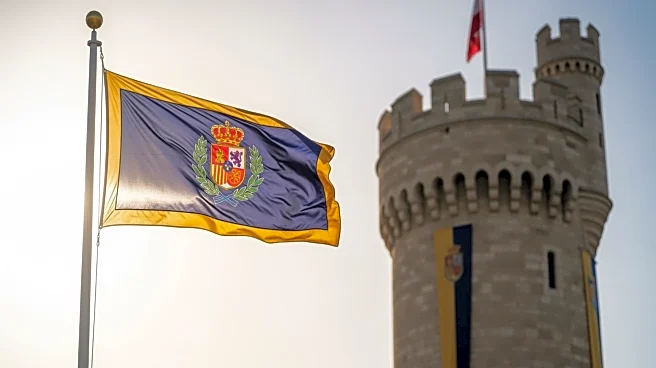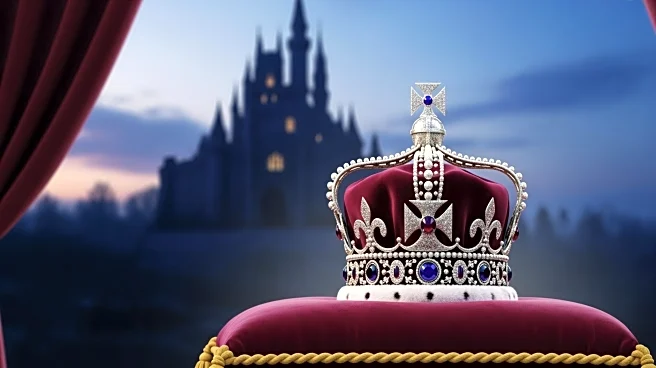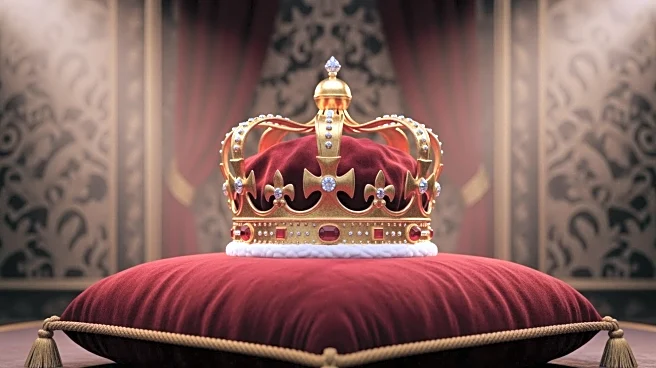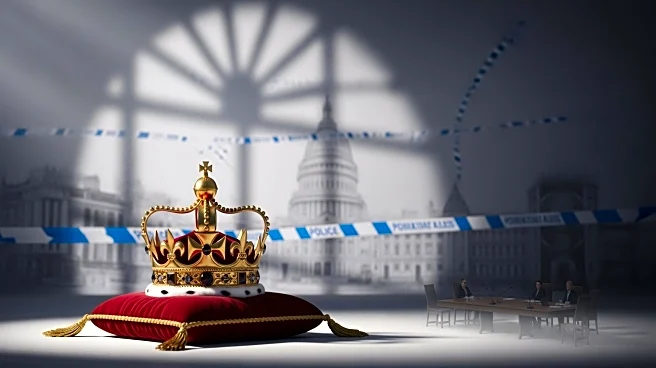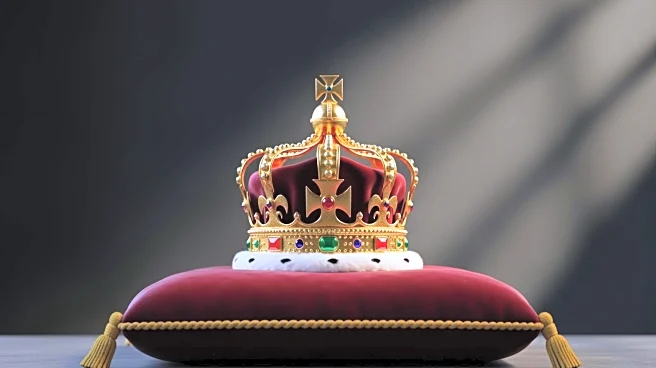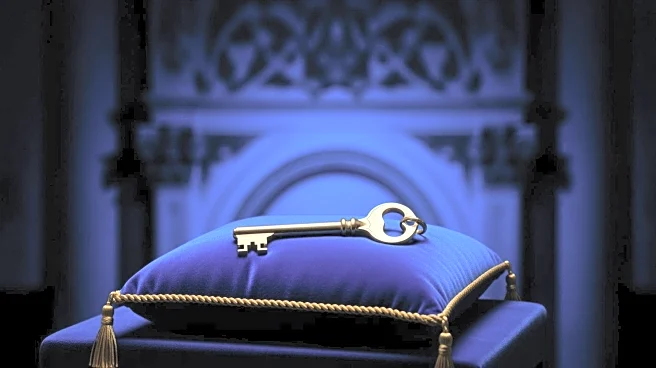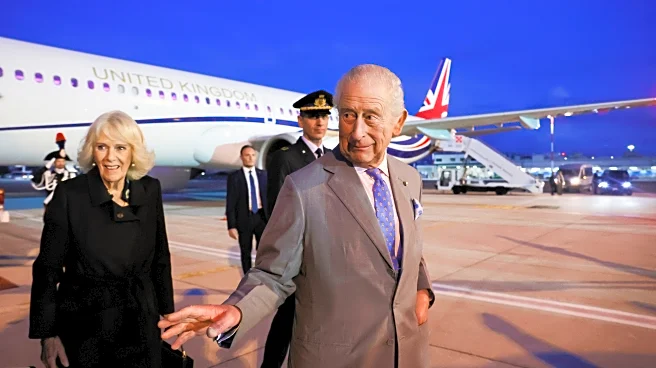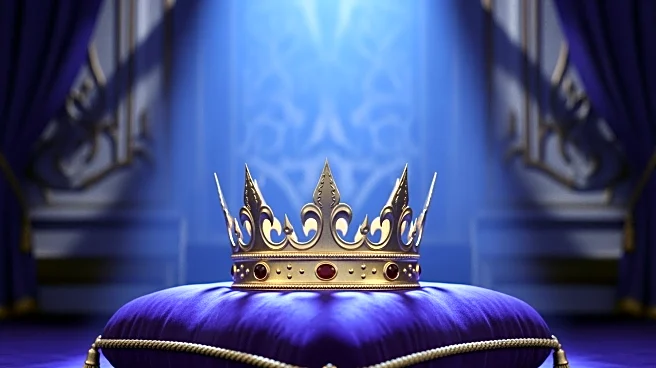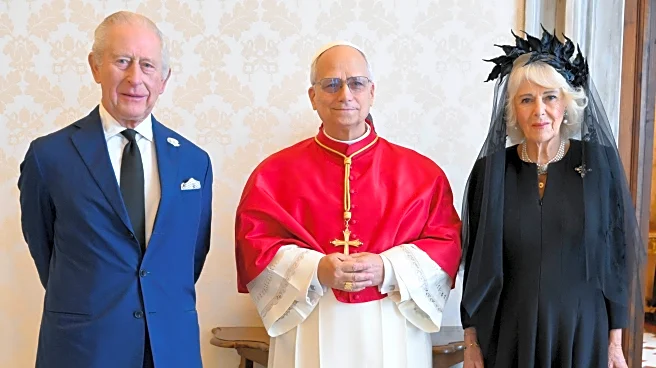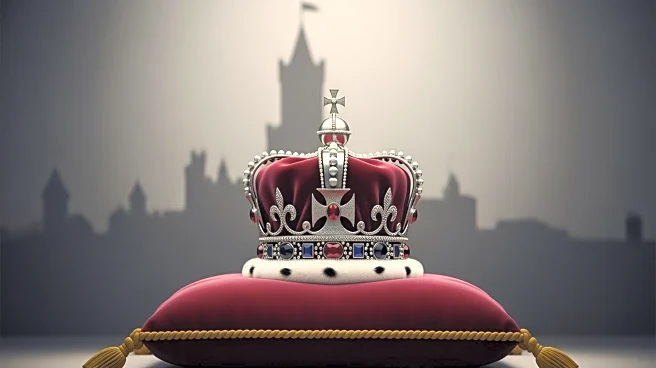What's Happening?
Prince Andrew's banner, bearing his coat of arms, has been removed from St George's Chapel at Windsor Castle. This action follows his decision to relinquish his membership in the Order of the Garter and
his royal titles, amid ongoing controversy over his ties to the late Jeffrey Epstein. The removal of the banner, which was part of the Order of the Garter, signifies a further distancing of Andrew from royal privileges. The prince is also facing scrutiny over his residence at Royal Lodge, where he has lived for over 20 years on a 'peppercorn rent'. Additionally, recent revelations about financial transactions linked to a wealth management scandal have added to the pressure on Andrew.
Why It's Important?
The removal of Prince Andrew's banner is a symbolic gesture reflecting the royal family's efforts to manage the fallout from his association with Epstein. It underscores the broader implications for the monarchy, as public and media scrutiny intensifies. The decision to strip Andrew of his titles and privileges is part of a larger strategy to protect the royal family's reputation and maintain public trust. This development also highlights the challenges faced by the monarchy in balancing tradition with modern accountability, as they navigate complex legal and ethical issues.
What's Next?
The ongoing scrutiny of Prince Andrew's actions and affiliations is likely to continue, with potential legal and financial ramifications. The royal family may face increased calls for transparency and reform, particularly regarding the use of public funds and royal privileges. As the situation evolves, the monarchy's response will be closely watched, influencing public perception and the future of royal governance.
